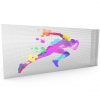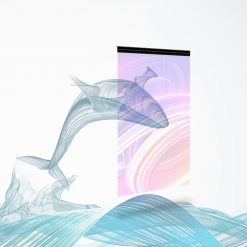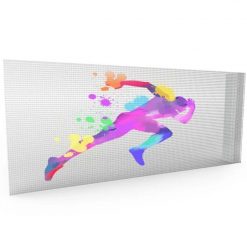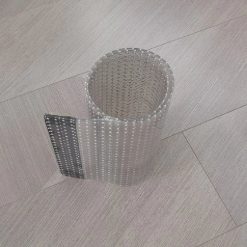Holographic LED screen display offer unique advantages over traditional displays in terms of visual appeal and interactivity. They provide a more immersive and realistic viewing experience, making them ideal for applications where captivating visual content is essential.
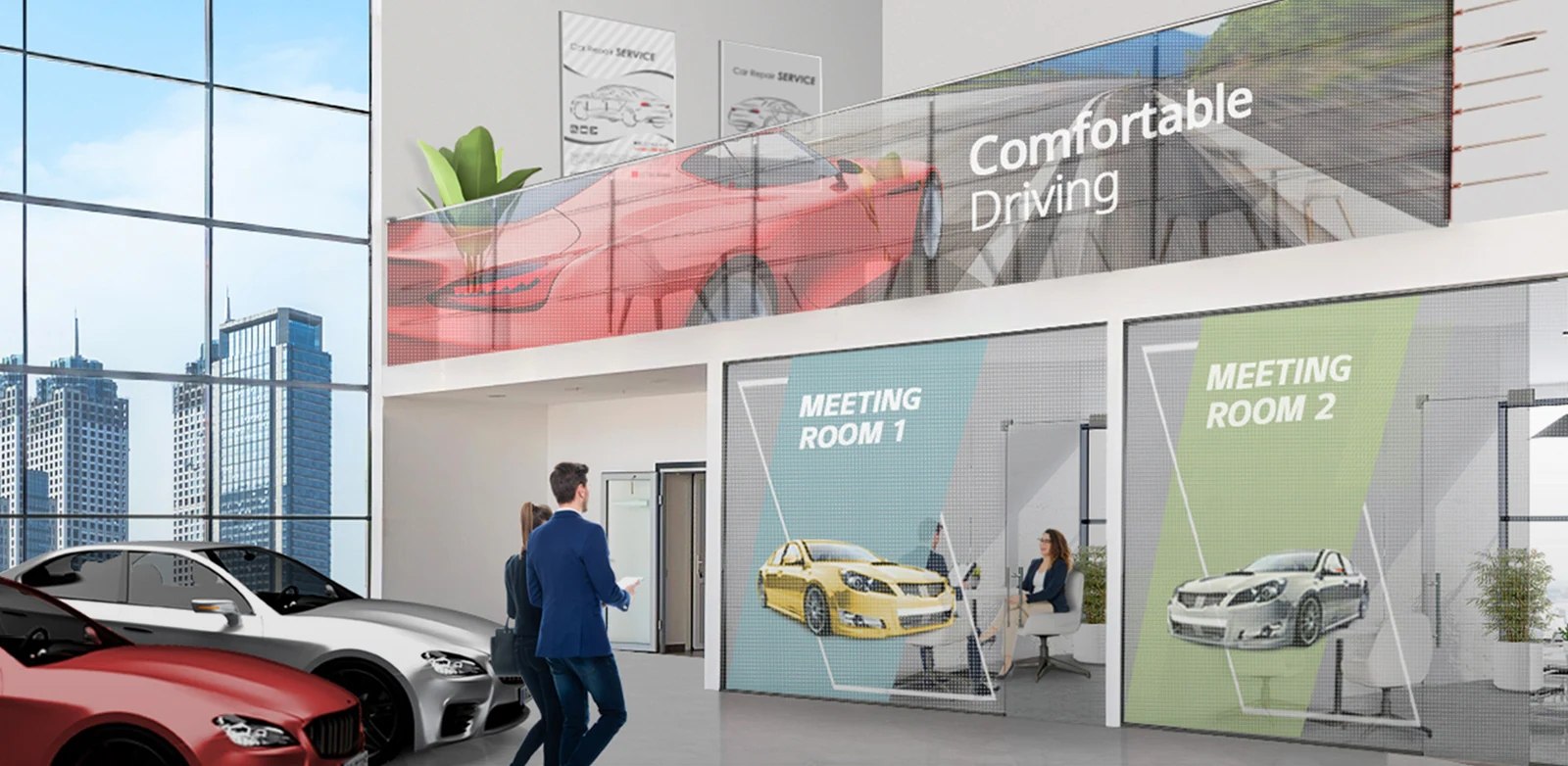
How does a holographic LED screen display work?
Transparent Hologram LED Screen work on the principle of interference patterns. The array of LEDs emits coherent light that is directed towards the holographic screen. The screen contains a pattern of tiny microstructures that diffract light in specific ways, creating interference patterns that generate the holographic effect. As the light interacts with these microstructures, it reconstructs the 3D image, which appears to float in space, visible from multiple angles. The precise alignment of the LEDs and the microstructures on the screen is crucial to achieve a high-quality and realistic holographic display.
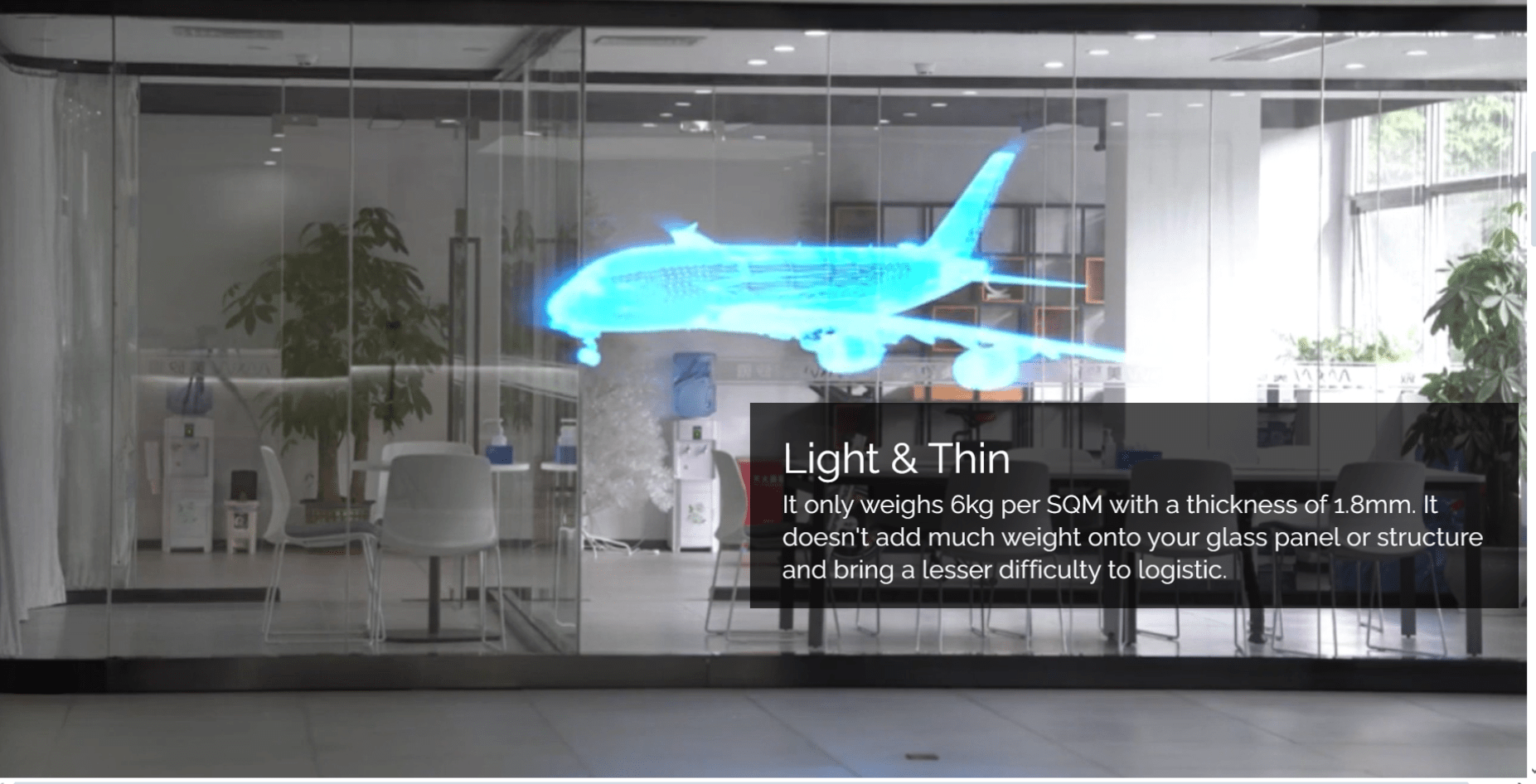
What are the applications of holographic LED screen display?
holographic LED screen display have a wide range of applications across various industries. They are used for advertising and marketing to create eye-catching and memorable displays that draw customers’ attention. In entertainment, holographic LED screens add a new dimension to concerts, stage shows, and theme park attractions, enhancing the overall experience for the audience. Moreover, in fields like education and scientific visualization, these displays enable interactive and engaging presentations of complex concepts and data. Additionally, holographic LED screen display have found applications in product design, virtual prototyping, and medical imaging, further expanding their utility and potential.
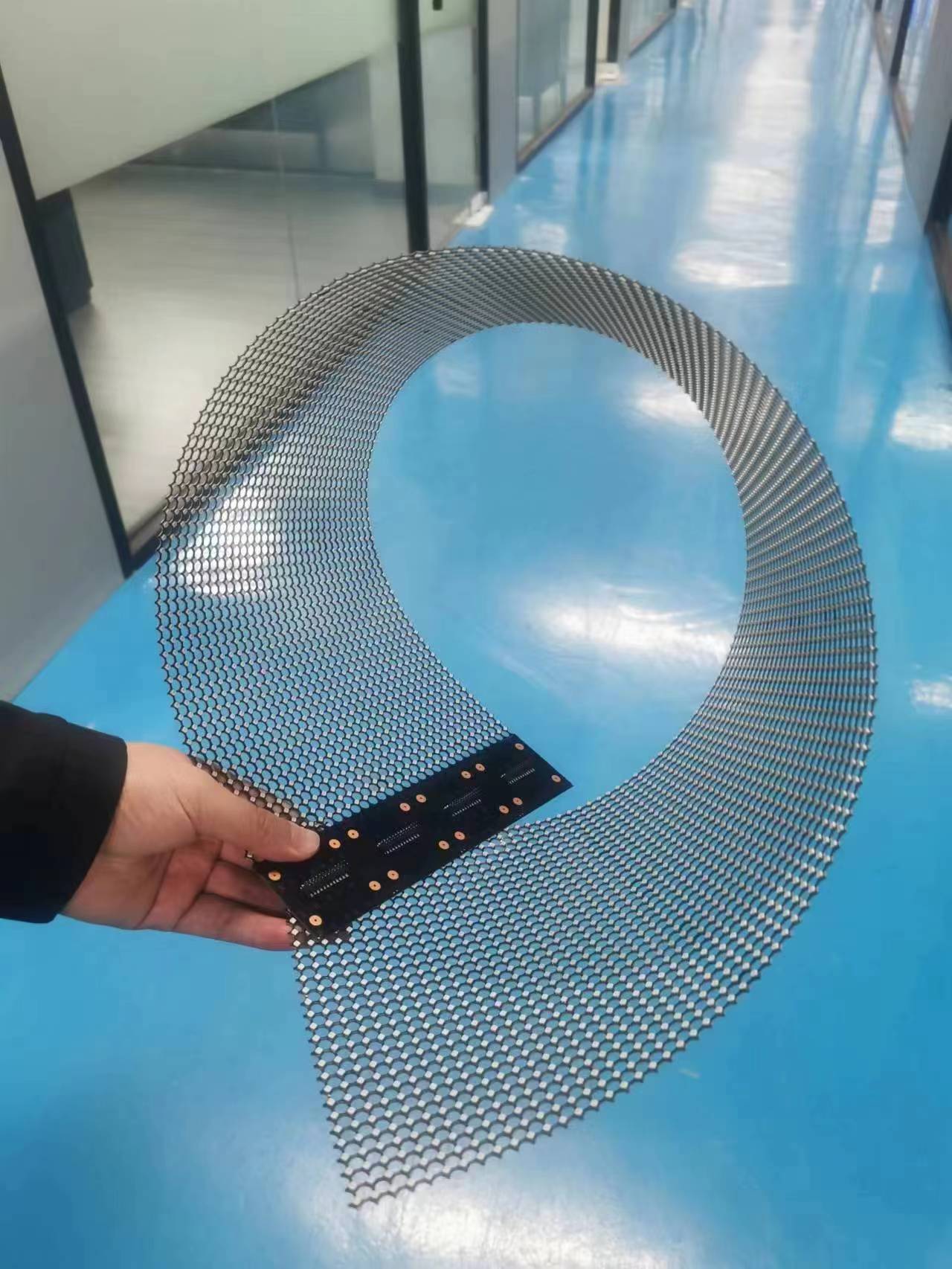
Are holographic LED screen display interactive?
Yes, many holographic LED screen display are designed to be interactive. With the integration of touch-sensitive technology or gesture recognition systems, users can interact with the holographic content. This interactive feature opens up new possibilities for user engagement, enabling people to manipulate and control the holographic elements with their gestures or touch. Interactive holographic LED screen display are widely used in exhibitions, museums, and interactive installations, where they create a memorable and engaging experience for visitors, encouraging active participation and exploration of the displayed content.

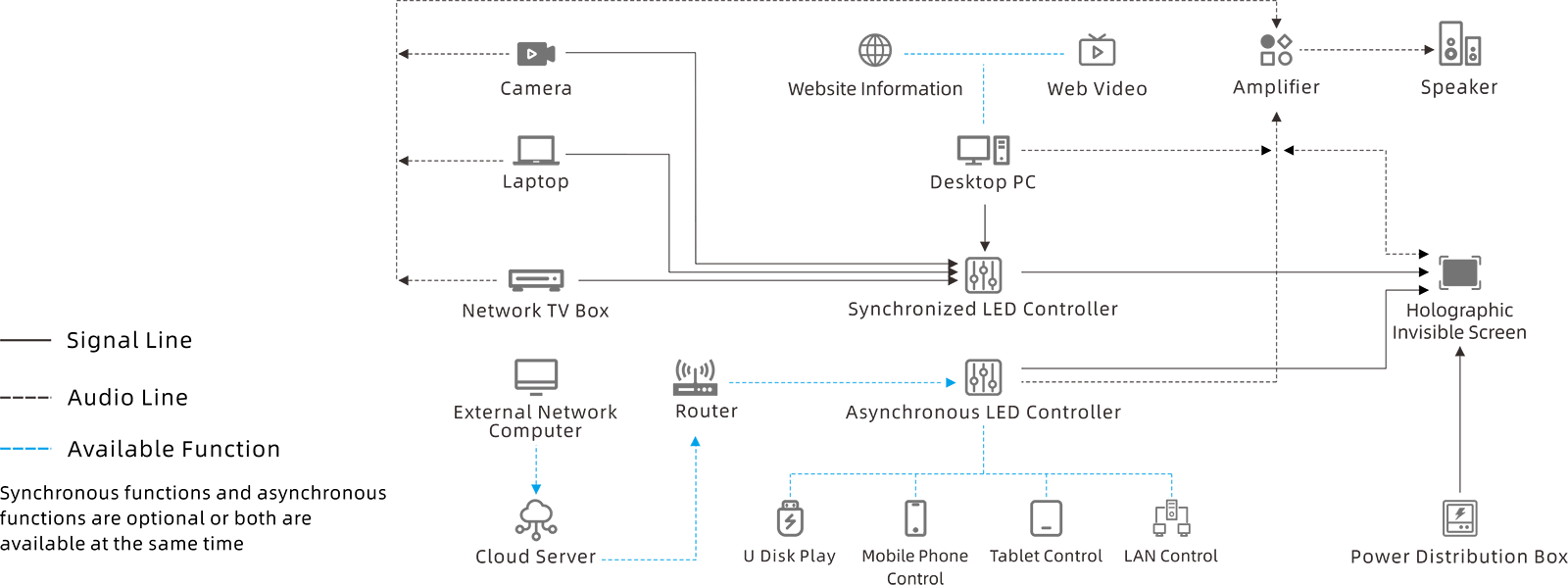
Specification parameters
| Item | M2 | M3 | M6 | M10 |
|---|---|---|---|---|
| Pixel Pitch (mm) (horizontal / vertical) |
2.5/2.5 | 3.91/3.91 | 6.25/6.25 | 10 / 10 |
| Pixel Density (dot/m²) | 160000 | 65536 | 25600 | 10000 |
| Transparency Rate | 70% | 85% | 90% | 85% |
| Display Dimension (mm) (w*h) |
125×1000 | 250×1000/250×1171 | 250×1175/250×1475 | 250×1000 |
| Profile Dimension (mm) (w*h) |
125×1000 | 250×1025/250×1200 | 250×1200/250×1500 | 250×1000 |
| Resolution (dot) (w*h) | 50×400 | 64×256/64×300 | 40×188/40×236 | 25×120 |
| Weight (kg/set) | 1.63 | 1.6 | 1.6 | 1.2 |
| Brightness(cd/m²) | ≥1200 | ≥3000 | ≥5000 | ≥4000 |
| Scanning Mode | Static Driving (Single Pixel Single Control) | Static Driving (Single Pixel Single Control) | ||
| Encapsulation Type | Light Board & Driving Board Integrated | Light Board & Driving Board Integrated | ||
| Lifespan | ≥ 100,000.00 hours | ≥ 100,000.00 hours | ||
| Pixel Configuration | 16bit | 16bit | ||
| Maximum Power Consumption (w/m²) | 800 | 1000 | 1000 | 1000 |
| Average Power Consumption (w/m²) | 300 | 375 | 375 | 375 |
| Control System | Colorlight / Novastar | Colorlight / Novastar | ||
| Input Voltage | AC100~240V 50/60Hz | AC100~240V 50/60Hz | ||
| Working Voltage for Module | DC4.2V ±0.2V | DC4.2V ±0.2V | ||
| Working Temperature | Temperature -20℃ ~50℃ | Temperature -20℃ ~50℃ | ||


